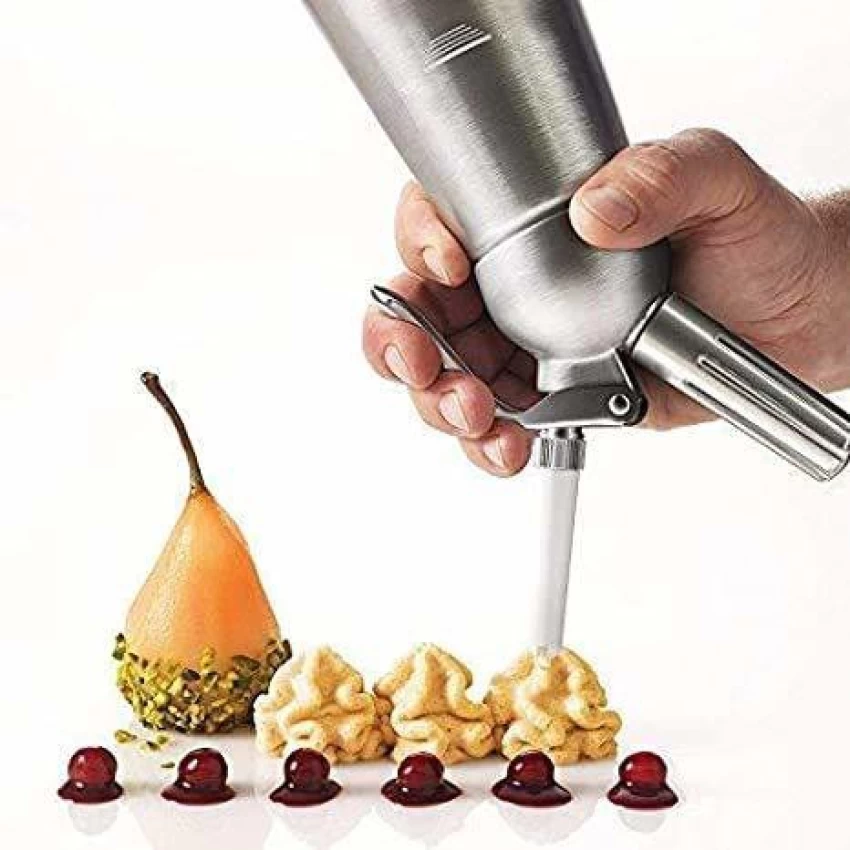In the complex world of fluid dynamics and pneumatic systems, pressure regulators play a crucial role in ensuring optimal efficiency and performance. By maintaining a steady and controlled pressure, these devices enable various systems ranging from industrial machinery to residential appliances to operate smoothly and effectively. Understanding the significance of pressure regulators is essential for engineers, technicians, and anyone involved in the design and maintenance of pressure-controlled systems. At the heart of a pressure regulator’s function is its ability to modulate pressure. It does this by reducing the incoming high-pressure fluid to a desired lower pressure, ensuring that downstream equipment receives a consistent and stable supply. This modulation is vital in preventing pressure fluctuations, which can lead to equipment wear, increased energy consumption, and potential system failures. In applications such as gas distribution, pneumatic tools, and HVAC systems, even slight variations in pressure can significantly affect performance and efficiency. One of the primary benefits of using pressure regulators is their ability to enhance energy efficiency.

When a system operates under fluctuating pressures, it may require more energy to compensate for the instability, leading to higher operational costs. By stabilizing the pressure, regulators help maintain a steady flow rate, allowing machinery and equipment to function at their optimal capacity. This not only reduces energy consumption but also minimizes operational costs, ultimately resulting in a more sustainable and cost-effective system. Moreover, pressure regulator contributes to safety in various applications. High-pressure systems can pose significant risks if not properly managed, including leaks, explosions, or equipment damage. By ensuring that pressure levels remain within safe limits, regulators help mitigate these risks and protect both personnel and equipment. In industries such as oil and gas, pharmaceuticals, and food processing, where safety regulations are stringent, the role of pressure regulators becomes even more critical. In addition to enhancing efficiency and safety, pressure regulators also improve the longevity of equipment. Continuous exposure to high-pressure conditions can lead to fatigue and premature wear of components, resulting in costly repairs or replacements.
By providing a controlled environment, regulators help extend the lifespan of valves, pumps, and other critical equipment, ensuring that systems remain operational for longer periods with less downtime. The versatility of pressure regulators makes them suitable for various applications. From industrial automation to household appliances, these devices are integral to systems requiring precise pressure control. In automotive applications, for instance, fuel pressure regulators ensure that the engine receives the correct fuel pressure for optimal combustion, directly impacting fuel efficiency and performance. Similarly, in pneumatic systems, pressure regulators maintain the desired air pressure for tools and equipment, enhancing their efficiency and effectiveness. To further optimize system performance, it is essential to select the right type of pressure regulator for specific applications. Various designs, including diaphragm, piston, and electronic regulators, offer different advantages based on factors such as flow rate, pressure range, and response time. Understanding the operational requirements and constraints of a system allows engineers to make informed decisions when integrating pressure regulators, ensuring maximum efficiency and reliability.